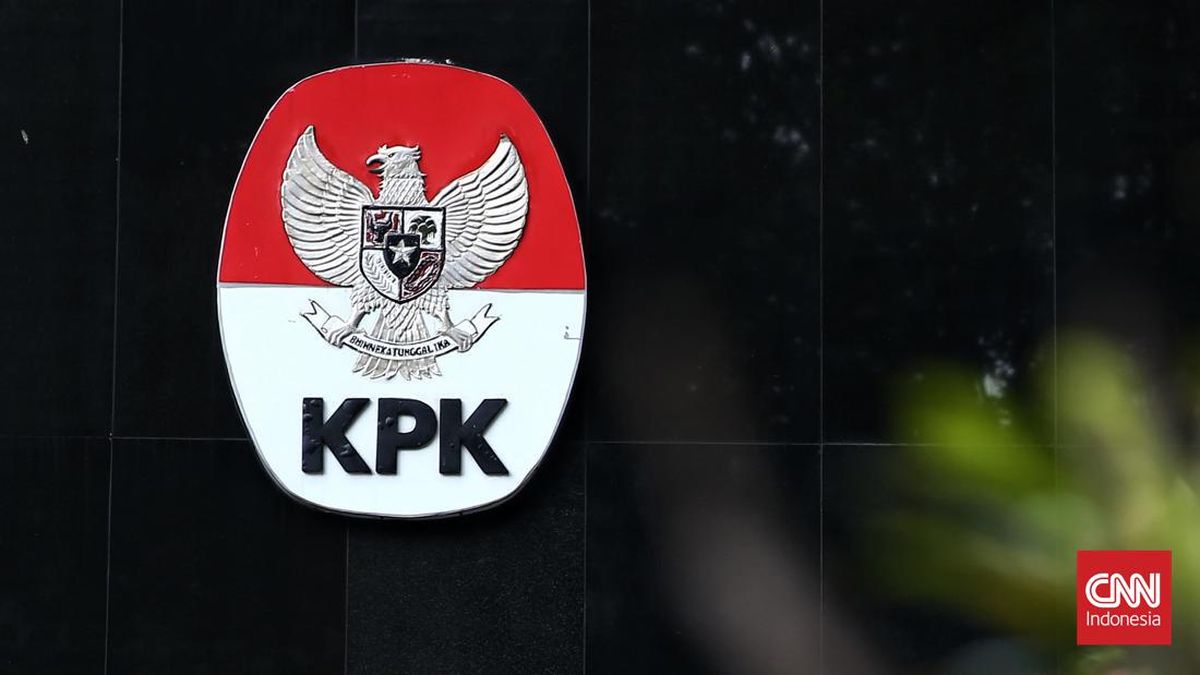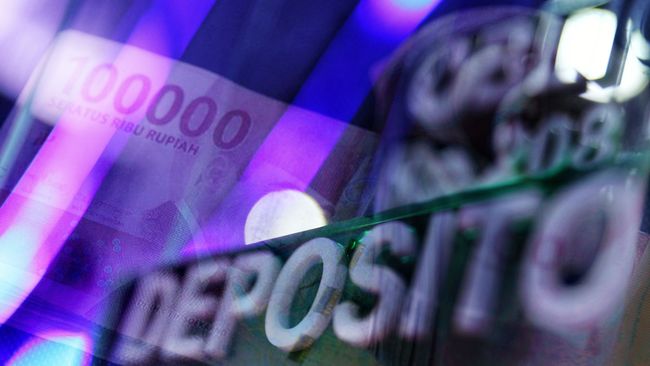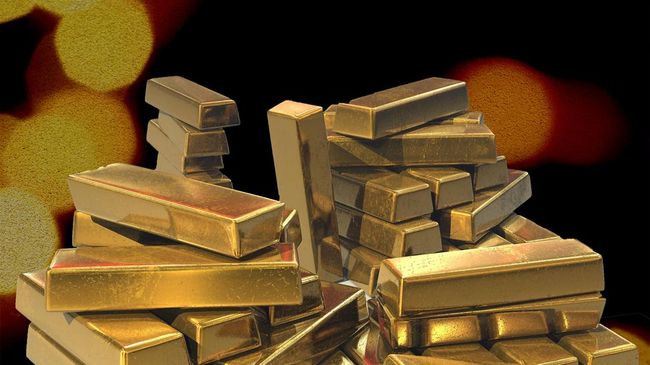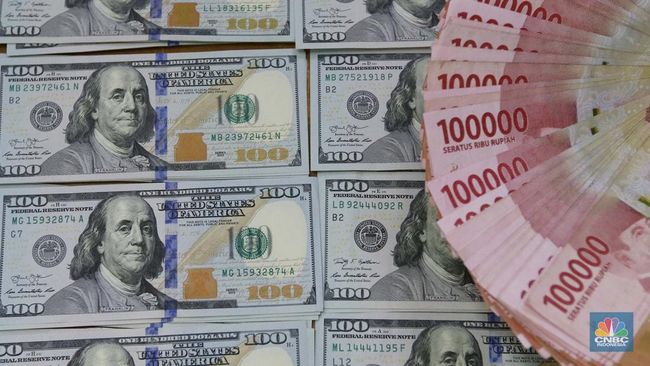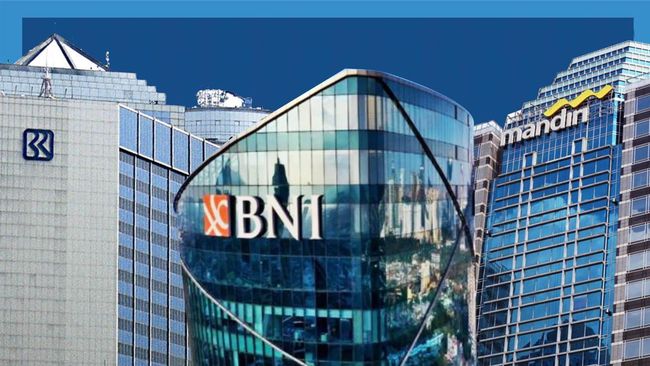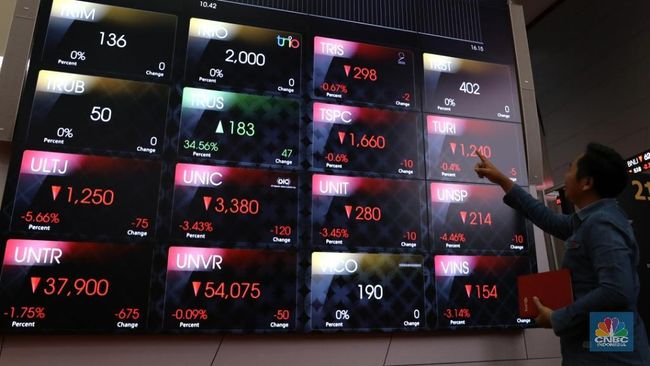
Now's the time to take advantage of APYs as high as 5%.
Skyhobo/Getty ImagesFederal Reserve policymakers voted to hold interest rates steady today, pausing rates for the fourth time this year. In its postmeeting statement, the Fed summarized its findings by noting slightly elevated inflation and a low unemployment rate, though the economic outlook remains uncertain.
The latest decision means that households, which have been facing budget strains and increased living expenses, will continue to contend with high borrowing costs, from credit card APRs to mortgages. At the same time, anyone who is able to save money right now will continue to enjoy elevated returns on savings accounts and certificates of deposit.
If you want to maximize your earning potential before interest rates dip, you'd be wise to act now. The best high-yield savings accounts continue to offer APYs up to 5%, low fees and no minimum balance requirements. The best CD rates are as high as 4.50% APY. But these rates could go down in the coming weeks as banks brace for two rate cuts in 2025, the earliest as soon as September.
"This could be one of the last chances to grab a solid CD rate before they drop," said Taylor Kovar, certified financial planner and CEO of 11 Financial. "It might also be worth checking what your savings account is currently paying. There are still some decent options out there, but they might not last long."
Here's what you need to know about how the Fed's latest decision affects your savings and what you should do now to make the most of it.
Read more:The Fed's Interest Rate Decision Is Good News for Your Savings: Here's Why
How the Federal Reserve influences savings rates
The central bank meets eight times a year to assess the health of the US economy and vote on the federal funds rate, the rate banks use to lend and borrow money.
While the Fed's interest rate decisions don't directly determine savings rates, some banks set their deposit account APYs accordingly, though the changes can take several weeks or even months to take effect.
Still, not all financial institutions take their cues from the Fed. "Some big banks are swimming in deposits, and they don't need to pay up to bring in more [customers]," said Greg McBride, chief financial analyst at Bankrate.
If you're looking for solid returns on your savings, keep in mind there may be dramatic differences in interest rates from bank to bank.
"People should shop around, and they shouldn't just shop around today," said Gary Zimmerman, CEO of MaxMyInterest. "They should shop around a week from now, a month from now, and three months from now."
The best savings accounts to open now
With rate cuts on pause for now, opening a CD or a high-yield savings account is a safe and guaranteed way to maximize your interest earnings, whether you're building an emergency fund or saving up for a down payment on a home.
Here are the pros and cons of each account type to help you make the best choice for your needs.
High-yield savings account
A high-yield savings account is an interest-earning account often offered by online banks, credit unions and other financial service institutions. Unlike traditional savings accounts, whose APYs can be as low as 0.01%, the best high-yield savings accounts offer up to 5% APY.
Pros
- Some high-yield savings accounts earn more than 10 times the national average.
- Your money is easily accessible when you need it.
- If your account is held at an FDIC- or NCUA-insured institution, it's protected up to $250,000 per person, per institution if the institution fails.
Cons
- Availability can be limited. These accounts aren't offered by all banks or credit unions.
- Many accounts are provided by online-only banks with no physical branches. You must be comfortable with an entirely digital banking experience.
- Variable rates can change at any time.
Certificate of deposit
A certificate of deposit is a deposit account that offers a fixed rate for a specific time, or term. In exchange for fixed growth, you agree not to withdraw your money before the term ends. The main benefit of a CD is that your money grows over time at a predetermined APY. Top CDs currently earn APYs as high as 4.5%.
Pros
- A fixed rate applies to the CD's entire term.
- CDs are widely available at most banks or credit unions.
- If your account is held at an FDIC- or NCUA-insured institution, it's protected up to $250,000 per person, per institution.
Cons
- Your money is tied up for the duration of the CD's term.
- Early withdrawal penalties reduce returns if you need to take out money before the term ends.
No-penalty CD
A no-penalty CD is a specialty CD that offers a fixed rate for a specific term, like traditional CDs. This deposit account doesn't impose an early withdrawal penalty if you need to access your money before the term ends. These CDs are generally less widely available, and the APYs are lower, but the additional flexibility can be worth a slight drop in rates.
Pros
- A fixed rate applies to the CD's entire term.
- Withdrawals before the CD matures don't incur penalties.
- If your account is held at an FDIC- or NCUA-insured institution, it's protected up to $250,000 per person.
Cons
- No-penalty CDs aren't widely available at most banks or credit unions.
- These CDs generally earn a lower APY than a traditional CD.
Tips for finding the right savings account or CD
Keep in mind that larger, brand-name banks with bigger marketing budgets may not offer the most competitive rates on savings accounts and CDs. Community or regional banks, credit unions and online-only banks often offer higher rates on deposit accounts to attract new customers.
The best high-yield savings accounts continue to offer APYs up to 5%, low fees and no minimum balance requirements. The best CD rates are as high as 4.50% APY.
When evaluating a savings account, note any fees associated with opening or maintaining the account. CDs offer a safe, fixed rate of growth -- as long as you can leave the funds in the account until the maturity date to avoid early withdrawal penalties. Terms can last anywhere from three months to five years or more.
Additionally, confirm that your deposit is insured by either the FDIC (for banks) or the NCUA (for credit unions). This protects your money for up to $250,000 per person, per institution if the bank fails. You should also compare APYs and how easily you can access your money before making your decision.
Take advantage of high savings rates while you still can
With interest rates currently holding steady, there's still time to maximize your earnings with a high-yield savings account or CD. But the sooner you act, the better. Markets expect the Fed will resume interest rate cuts as early as the fall.
If you're not already earning a competitive interest rate on your savings, consider locking in one of today's best CD rates or moving your funds to a high-yield savings account to boost your earnings.

 5 hours ago
2
5 hours ago
2


